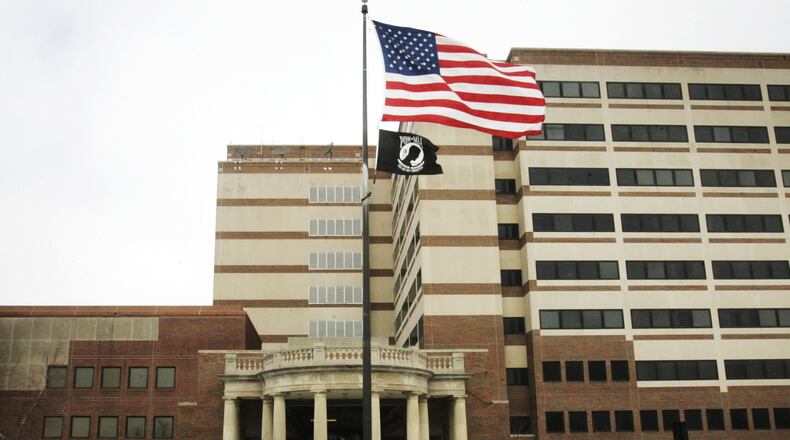“The reality of running a 24/7 hospital with 500,000 outpatient visits a year is that that’s probably as close to zero as we can reasonably get,” Froats told this news organization in an email.
VA facilities across the country lost more than $1 million in that time period, according to a WBNS-10TV investigation.
In Dayton, a total of $90,305 was lost.
John Hoellwarth, the national director of communications for AMVETS, said veterans deserve accountability regardless of the value.
“Whether it’s $1 million or $1.50, veterans deserve a VA that’s accountable,” Hoellwarth said.
Froats said that from 2015 to 2016, the Dayton VA cut their lost equipment per year in half, and the organization continued that progress into 2017.
The Dayton VA lost the least amount of equipment of the centers that were investigated. In Columbus, the VA facility lost $318,068.38; in Chillicothe, that number was $279,912.45.
The losses came even after the VA spent $24 million in Ohio to attach tracking devices to some equipment. The tracking devices, also known as real-time location systems or RTLS, either ping out a device’s location or allow a VA employee to scan for the items to keep track of them, according to the investigation.
That doesn’t mean the devices will always work. According to records obtained as part of the investigation, the Dayton VA hired a contractor in 2014 to do an inventory of its equipment inventory listings, but the contractor left more than 1,000 items out of the inventory.
According to the records, the individuals that installed the RTLS in Dayton “did not perform well” and some of the devices were shown as being in rooms other than what they were, making the RTLS useless in the facility’s search for the lost items.
Records noted that the VA expected to find most or all of the missing equipment with the next inventory.
“It is our belief these items are not stolen and should be identified when the next wall-to-wall inventory is conducted,” the report reads.
Froats said theft isn’t always the cause of losses, and items like stretchers or infusion pumps that travel with patients and can be mixed up in other units or even another hospital.
Froats said the Dayton VA prides itself on keeping track of its equipment.
“I’m a taxpayer, my boss is a taxpayer, her boss is a taxpayer,” Froats said. “We take lost equipment very seriously at the Dayton VAMC, and that’s why we’re proud to be the best in Ohio – successfully tracking 99.9998 percent of our annual inventory.”
About the Author
